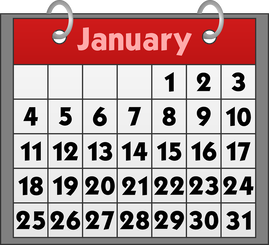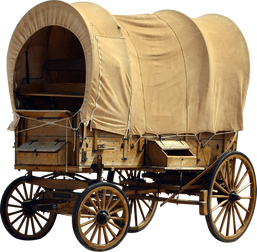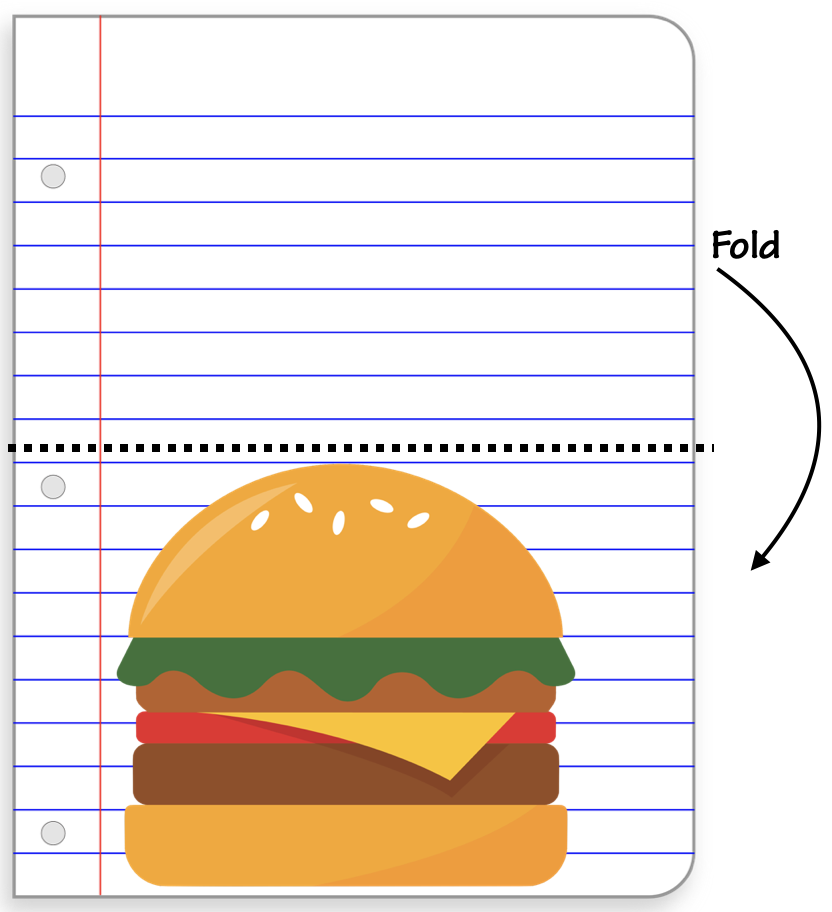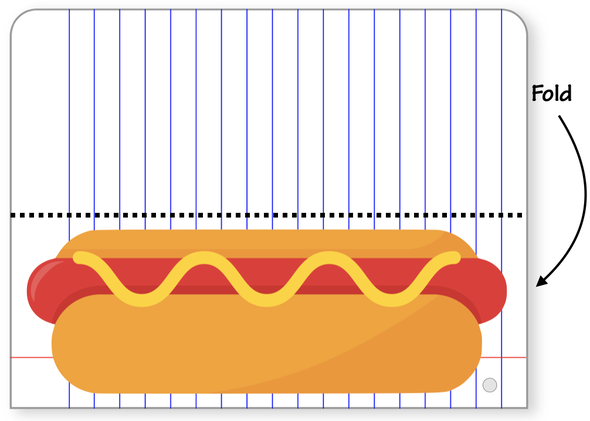|
This is a small excerpt of an article originally posted on the Penobscot Marine Museum website, which is no longer posted. It has been edited slightly with simplified vocabulary for young readers.  Between 1675 and 1763 there was a nearly continuous series of wars in Maine between the British and the French/ Indians (the term at the time for the Native People and the origin of the name "French and Indian Wars"). Both groups wanted Maine’s land and resources. The wars were related to conflicts in Europe at the same time. In King Philip's War (1675-78), the English fought the French and Native People for Castine. During King William's War (1688-99), the French and English fought over Acadia—included Nova Scotia, New Brunswick, and much of Maine. The treaty ending this war resulted in the Natives deeding more land to the English. It caused a long-lasting misunderstanding between the Native and non-Native people. Queen Anne's War (1703-1713) : In 1713 the Treaty of Utrecht between France and England gave all of Acadia to English. This caused more disputes between the English and the Native People over land. The French still held Quebec. More wars resulted over the next 50 years: Dummer's War (1722-1727), King George's War (1744-1751), and the French and Indian War (1754-1763). These years were devastating to settlers and Native People alike. From 1689 to 1713, not a single English home stood in Maine north of Wells. English treatment of the Native People worsened the situation. They forced tribal leaders to sign land deeds that were misunderstood. The French encouraged the Native People to attack English settlers. English retaliation against the Natives included bounties on scalps. The French encouraged Maine’s Native People to form the Wabanaki Confederation, making the English even more worried about protecting their settlements in Maine. The English captured French Quebec in 1759, which led to the signing of the Treaty of Paris ending the French and Indian Wars. It also ended the French presence on the Maine coast, resulting in slow, but increased settlement of midcoast and downeast Maine after 1760. All of Canada was given to England. The British issued a proclamation promising Native People the right to keep all the lands they held at the end of the war. Bad feelings between the English and the Native People still existed, however, because the English continued to gradually move into and take over Native lands for farming and hunting. Throughout these wars, Europeans on the coast of Maine created sparse but determined settlements of fishermen, traders, and lumbermen who paid little attention to official developments and proclamations of the English and French nobility. These small settlements of Scotch-Irish fishermen and farmers were the origins of Maritime Maine. The following are actual quotes from people traveling the Oregon or California Trails. They appear exactly how they were written. Education was not as common in those days and spelling was not standard, so some words may be misspelled or the grammar may be incorrect.
Mary Jane Smith, 1852 May 23rd: Today we had our first death, that of a small child from whooping cough. Bad Camp. Poor grass and no wood. May 23rd: Today a division of opinion arose, some wanted to stay here, others to go on to a better place to camp so 6 wagons left including Hunt, Watkins, Craig, and Stroup who get out by themselves. June 26th: This morning we overtook Mr. Hunt. He was by himself having been left by his company near Laramie. One of his children, Mr. Craig's wife, Mr. Watkins and a young man named Jones and a young man named Garrett had all died of Cholera. Garrett seems to have been traveling west with the Hunts. Margaret A. Frink, 1850 Monday, July 8: It rained considerably during the night. Mr. Frink was on guard until two o’ clock, when he returned to camp bringing the startling news, that for some unknown cause, the horses had stampeded. We had no means of knowing whether it was the work of Indians or not, but it was useless to look for them in the darkness… (the animals were found the next morning) When we arose, we found the range of mountains covered in new-fallen snow. This is a beautiful valley, and when under settlement and cultivation, will be a delightful region… At half past ten we passed a village of Snake River Indians (Shoshone).
J.T. Kerns, 1852
July 18 Traveled up Thomas’ fork of the Bear river, twelve miles to the ford and encamped on the west bank. Country nice and streams full of fish. Some good farms might be made along here, as the valleys are rich and the mountains high enough to preserve an eveness of temperature and supply of sufficiency of timber. July 19 This day drove 25 miles over a mountainous, picturesque country, possessed of rich valleys, beautiful springs, and streams abounding with fish. Timber is, however, scarce for to supply the demands of a farmer. Medorem Crawford, 1842 May 16 Left camp at 1 o'clock E. drove 15 mi. and camped at 7 o'c. E. on the Sanafe rout, found water pleanty, wood & pasture scarce. In our company were 16 waggons & 105 persons including children & men over 18 years of age. May 21 Mrs. Lancaster's only child a daughter 16 months old died 10 o'clock M the Doctor called the disease symptomatick fever accompanied with worms." After burying child we started and drove 6 miles. Memory Tricks Mnemonic—pronounced ni-mon-ik, the ‘M’ is silent—are memory devices or strategies to help you remember information. Below are some examples. Creating your own “memory tricks” will come in handy in a variety of situations (e.g., tests, trivia bowls, spelling, remembering lists). Everyone processes information differently so when formulating mnemonics, get creative and determine what works best for you. Rhyming or poetry mnemonics  A mnemonic for remembering how many days are in each month: Thirty days hath September April, June and November. All the rest have thirty-one, But February, it is great And brings to us twenty-eight, Unless it steps out of line And brings to us twenty-nine (leap year occurs every four years) “When two vowels go walking, the first one does the talking.” This means that when there are two vowels in a row, the first usually has a long sound and the second is silent. That's why it's team, not taem; coat, not caot; and wait, not wiat. Remembering this rule will help you to put vowels in the right order. The popular cheer "'S' 'U' 'C' 'C' 'E' 'S' 'S' that's the way we spell success." Acronyms as mnemonics An acronym is a word or phrase that is made from the first letter of each word or phrase you are trying to remember. RICE is a mnemonic for treating a sprain: Rest, Ice, Compression, Elevation. HOMES is a mnemonic for the five Great Lakes—Huron, Ontario, Michigan, Erie, and Superior. ROY G. BIV is a mnemonic for the seven colors of the rainbow—Red, Orange, Yellow, Green, Blue, Indigo, and Violet. A mnemonic for remembering the order of the planets is: My Very Excellent Memory Just Summed Up Nine Planets (this was used before Pluto was downgraded to no longer being a planet) Mnemonics for spelling Desert vs. Dessert Desert is the hot, dry place where cacti grow. Dessert is the sweet treat you have at the end of a meal. You may want more than one dessert and it has more than one s. That will help you remember how to spell it. Foul vs. Fowl It may be helpful to remember that the word fowl—birds raised with the intent to be used as food—contains the word ‘owl’. Since an owl is a bird and since the word fowl contains the word owl, associating it in this way may help you remember to write the word fowl and not foul when referring to birds. Principal vs. Principle To distinguish principle from principal think of "the principal is your pal." Hear vs. Here When you remove the ‘h’ in hear you are left with the word ear. As you know, your ear is what allows you to hear. You hear with your ear. Made vs. Maid When you remove the ‘m’ in maid you are left with the word aid. Think of your maid as your aid, someone who helps you cook, clean, etc. Heal vs. Heel When you remove the ‘thy’ in healthy you have the word heal. Since heal means to regenerate healthy tissue, it may be helpful to associate the word healthy with heal. Heel (the bottom back part of the foot). Heel contains two consecutive vowels of the same letter ‘e’ and ‘e’. (Heal does not.) Foot also contains two consecutive vowels of the same letter, ‘o’ and ‘o’. It may help you to remember this so that you always associate the word heel with foot. Other mnemonics
hotdog fold
|
Author
I often struggle to find websites with thorough explanations in simple language to help kids understand historical events or scientific concepts, so I decided to create some of my own! -Cookie Davis
Archives
March 2024
|










 RSS Feed
RSS Feed